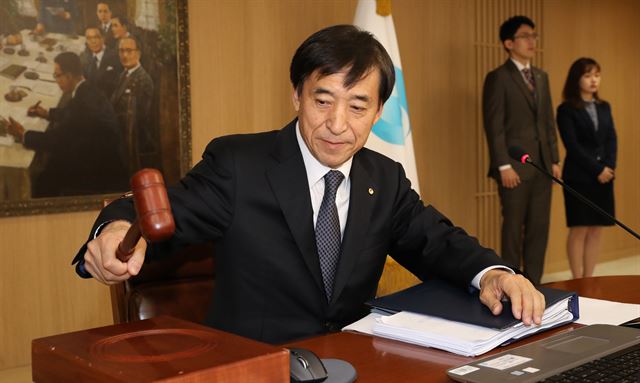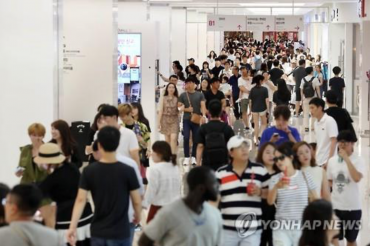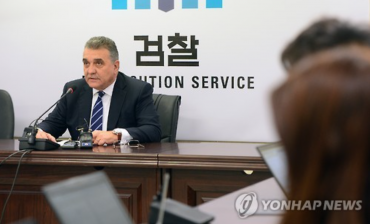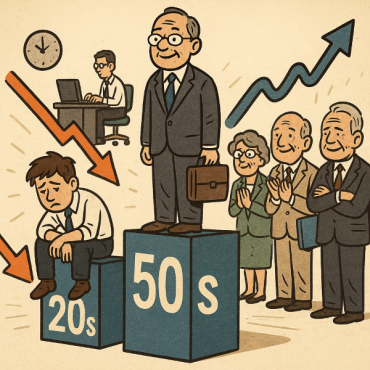SEOUL, Nov. 30 (Korea Bizwire) — South Korea’s central bank on Thursday raised the key rate by a quarter percentage point for the first time in more than six years amid clear signs of an economic recovery.
In a widely expected move, the monetary policy board of the Bank of Korea (BOK) voted to increase the base rate to 1.5 percent from a record low of 1.25 percent, ending 16 straight months of its wait-and-see stance after the last rate cut made in June last year.
It also marked the BOK’s first monetary tightening action since June 2011, when the central bank raised the rate by 0.25 percentage point to 3.25 percent.
But BOK Gov. Lee Ju-yeol said the decision was not unanimous, with Board member Cho Dong-chul voting to hold interest rates unmoved at 1.25 percent.
The rate rise decision came as Asia’s fourth-largest economy seems to have entered an upside cycle on the strength of worldwide growth.
“The board judges that the solid trend of domestic economic growth has continued, as private consumption has improved moderately and investment has shown favorable movement, while exports have sustained their high rate of increase,” said the central bank in a statement. “Going forward, the board expects domestic economic growth to be slightly above the rate projected in October.”
Recently, the International Monetary Fund (IMF) and the Organization for Economic Cooperation and Development (OECD) each revised up their growth targets for the South Korean economy to 3.2 percent in 2017, citing an upturn in global trade that will drive up the country’s exports and production.
For next year, they also forecast that South Korea will pull off growth of near 3 percent.
In the July-September period, South Korea’s gross domestic product hit a seven-year high of 1.4 percent due to increased construction investment and strong exports.
Exports, the country’s key economic driver, have been on a roll since November last year, with a 17.3 percent on-year gain over the first 10 months of this year.
The BOK hinted at a further revision in the near future, saying, “The near-term growth rate is likely to be slightly higher than that forecast in October, supported by sustained trends of moderate improvements in both consumption and facilities investment, while exports also pick up, driven by the expanding global economic recovery.”
Also, the U.S. Federal Reserve is widely expected to increase its rates next month, following a hike in June, narrowing the interest gap with South Korea.
Mounting household debt, which was 1,400 trillion won (US$1.29 trillion) as of the end of September, is another reason the BOK took action.
However, North Korea’s missile launch Wednesday did not affect the BOK’s monetary tightening decision.
“Looking ahead, the board will conduct monetary policy so as to ensure that the recovery of economic growth continues and consumer price inflation can be stabilized at the target level over the medium-term horizon while paying attention to financial stability,” the central bank said. “The board will maintain its accommodative monetary stance.”
Gov. Lee said markets have already priced in a rate increase and he will take action to stabilize the strengthening Korean won, which closed at 1,076.8 won against the U.S. dollar Wednesday, marking its lowest level in nearly three years.
“Foreign exchange rates are not affected only by interest rates,” he said at a post-meeting press conference. “They have to be determined by the market based on economic fundamentals. But it is necessary (for the authorities) to take measures against excessive volatility in a way to stabilize the market.”
(Yonhap)







